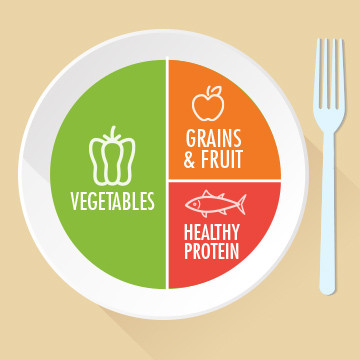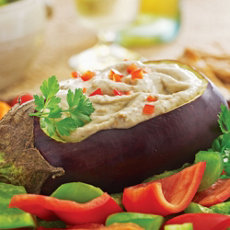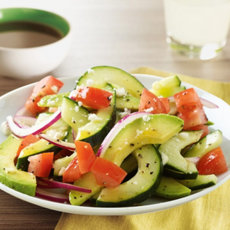- 5 Simple Substitutions
- 2-day Meal Plan
- How to Read Nutrition Facts
- Healthy Snack Ideas
- Portion Size Guide
- 6 Superfoods to Add to Your Diet
Mediterranean Diet Tips

Looking to start a healthier lifestyle? The Dietary Guidelines for Americans 2015-2020 recommend we should make half our plate fruits and vegetables, and the Mediterranean diet is the perfect model to help us achieve this!
The Mediterranean diet focuses mainly on fresh fruits and vegetables, whole grains, legumes, using herbs and spices to flavor instead of salt, and including healthy fats such as olive oil. A variety of colorful fruits and vegetables can provide a variety of nutrients, antioxidants, and fiber. Having these three components in our foods help our bodies have a stronger immune system and help to keep us at a healthier weight.

The other half of our plate should include a serving of lean protein and a serving of grains. Including proteins such as fish or nuts can provide numerous benefits for our health such as improved cholesterol and improved heart and brain health. To round out the meal, it’s important to include a serving of whole grains, such as, whole grain bread, whole grain pasta, quinoa, or brown rice. The foods in this group have are higher in fiber, which is beneficial for our cholesterol levels and help us stay full and satisfied.
The Mediterranean diet also promotes the use of herbs and spices to flavor our foods instead of salt. Adding salt to foods, some which have natural salt to begin with, can increase our risk of heart disease and high blood pressure. Instead of grabbing the salt shaker, go for some basil, thyme, oregano, or garlic and see what blends well with your foods. A great strategy to reduce your sodium intake is to remove the salt shaker from your dining table—out of sight, out of mind!


